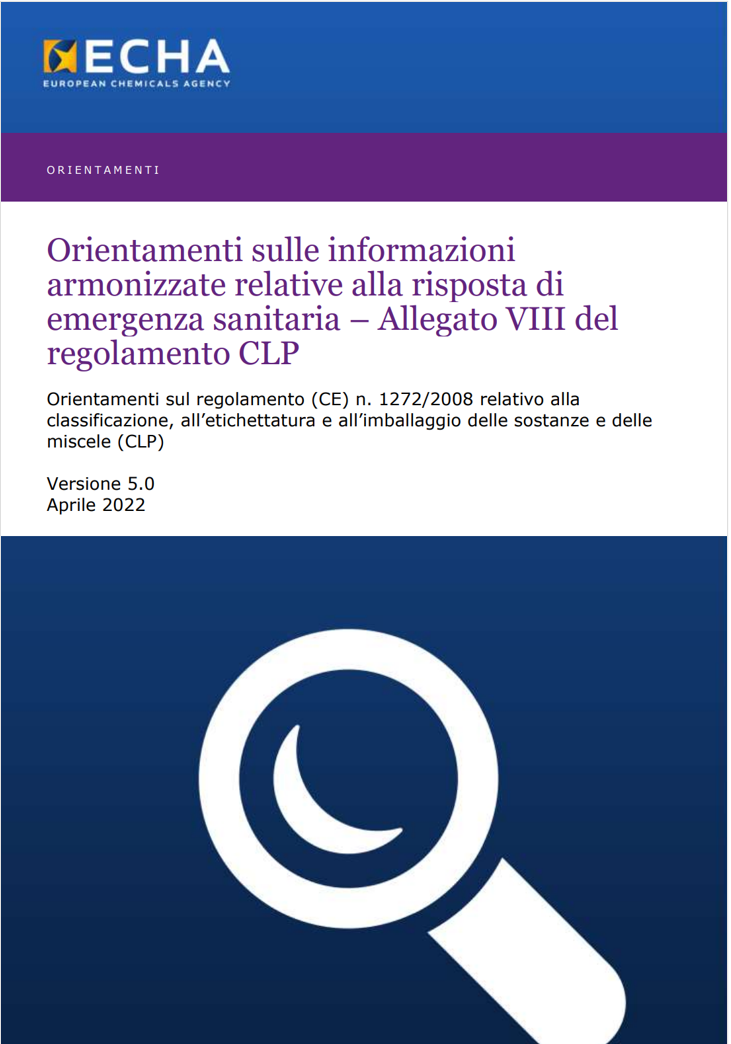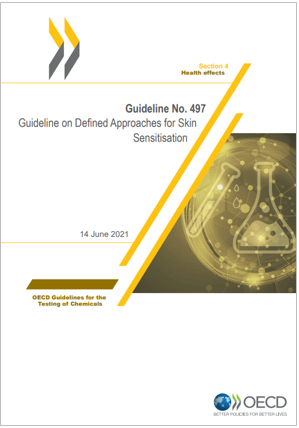Hydrogen pressure swing adsorber (PSA) mechanical integrity requirements

Hydrogen pressure swing adsorber (PSA) mechanical integrity requirements
EIGA Doc 210/17
Industrial gas companies operate and maintain hydrogen production facilities. Pressure swing adsorption (PSA) exists as the primary method of product purification in most large-scale hydrogen production facilities. The maintenance and inspection of PSA equipment is critical to the overall reliability and safe operation of the facility. Mechanical integrity of the vessels, piping, and piping components is crucial to ensure that this equipment is fit for service.
This publication is an industry-wide guideline for in-service mechanical integrity of PSA units and is intended to contribute to the operational safety and reliability of these units. This publication is not intended to address the details of design and installation of PSA vessels and piping.
This publication applies to PSA units with reformer syngas, refinery off-gas, and other hydrogen containing off-gases. This publication is focused on the parts of the PSA that are subjected to pressure cycles, although some consideration is given to the noncyclic portions of the PSA system.
The publication is part of the programme to develop Globally Harmonised publications amongst Regional Gas Associations.
...
Table of Contents
1 Introduction
2 Scope and purpose
3 Definitions
Publication terminology
Technical definitions
4 Description of pressure swing adsorption systems
General
Pressure swing adsorption system limit
Adsorbents
Cyclic service versus noncyclic service
Feedgas considerations
5 General safety considerations
Purging equipment and piping
Impact of adsorbents on purging of vessel
Other maintenance considerations
6 General mechanical design and fabrication considerations
Vessel design and fabrication considerations
Pressure swing adsorption piping design considerations
7 Failure mechanisms and contributing factors
Mechanical fatigue
Hydrogen embrittlement
Corrosion
8 Inspection techniques
Online actions
Offline inspection
9 Fitness for service considerations
Inspection and maintenance history
Determination of fitness for service
10 Repair considerations
11 References
Appendix A - Fitness for service work flow (Normative)
Appendix B - Examples of fitness for service work flow (Informative)
Table 1 Summary of NDE methods
Figure 1 PSA system schematic
Figure 2 Potential areas for fatigue failure of a PSA vessel
Figure 3 Weld surface profile example (dimensions in inches)
Figure 4 UT scan coverage plan example
Figure 5 Pressure vessels in cyclic service
EIGA 2017
Allegati
|
Descrizione |
Lingua |
Dimensioni |
Downloads |
 |
|
EN |
691 kB |
3636 |


































